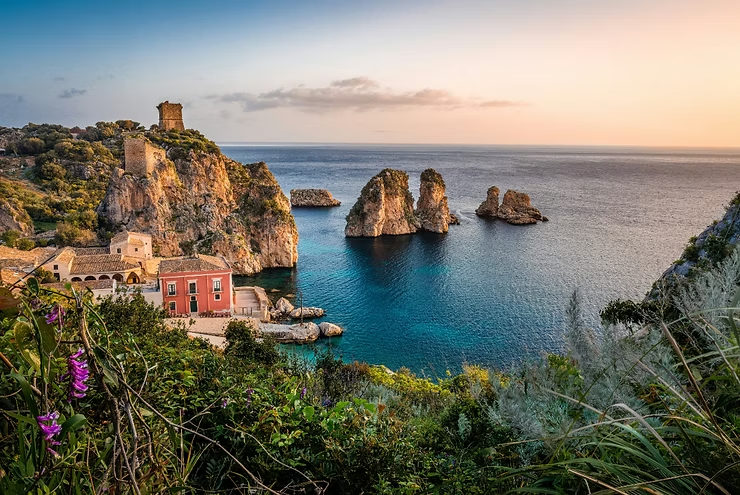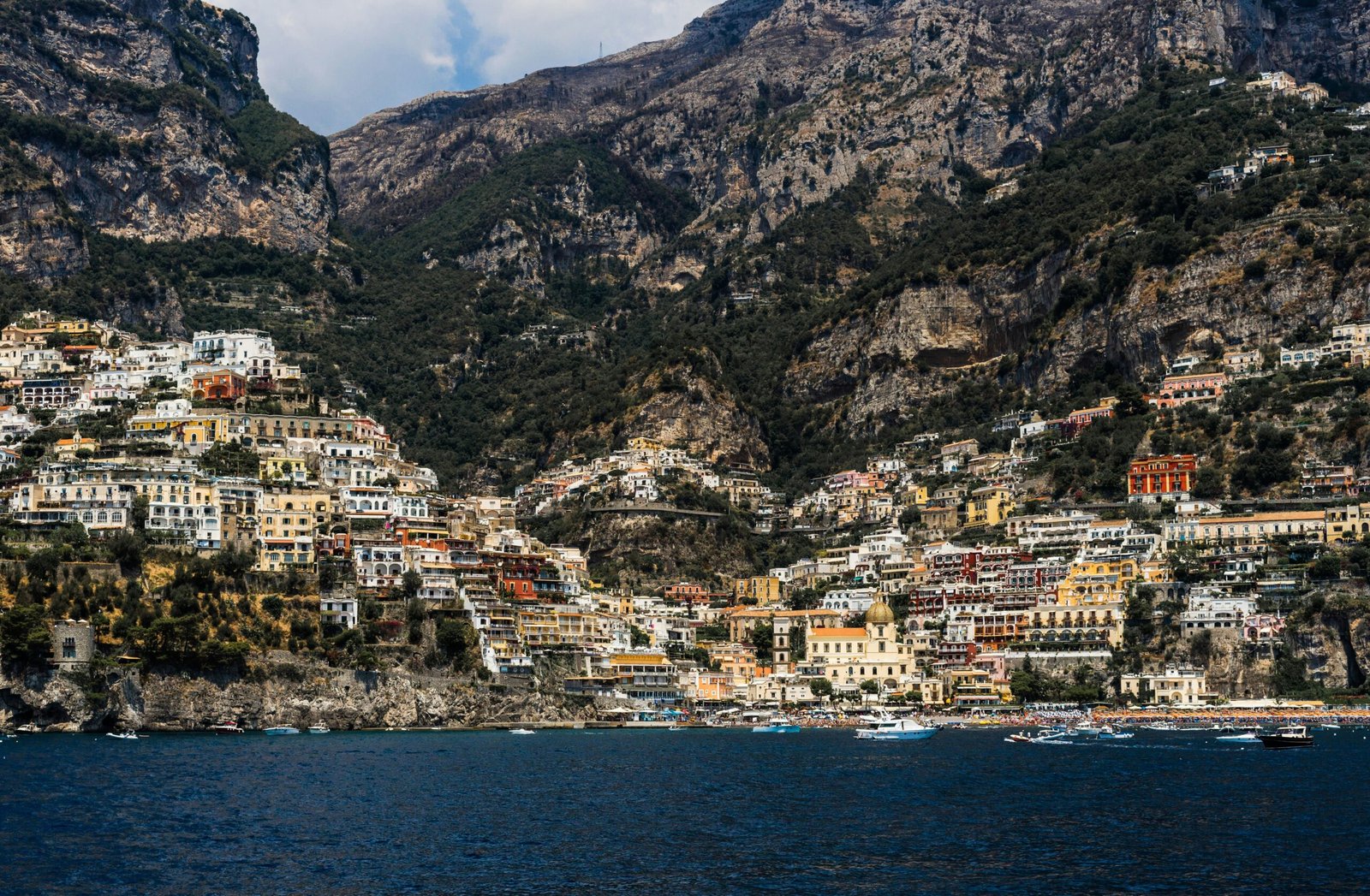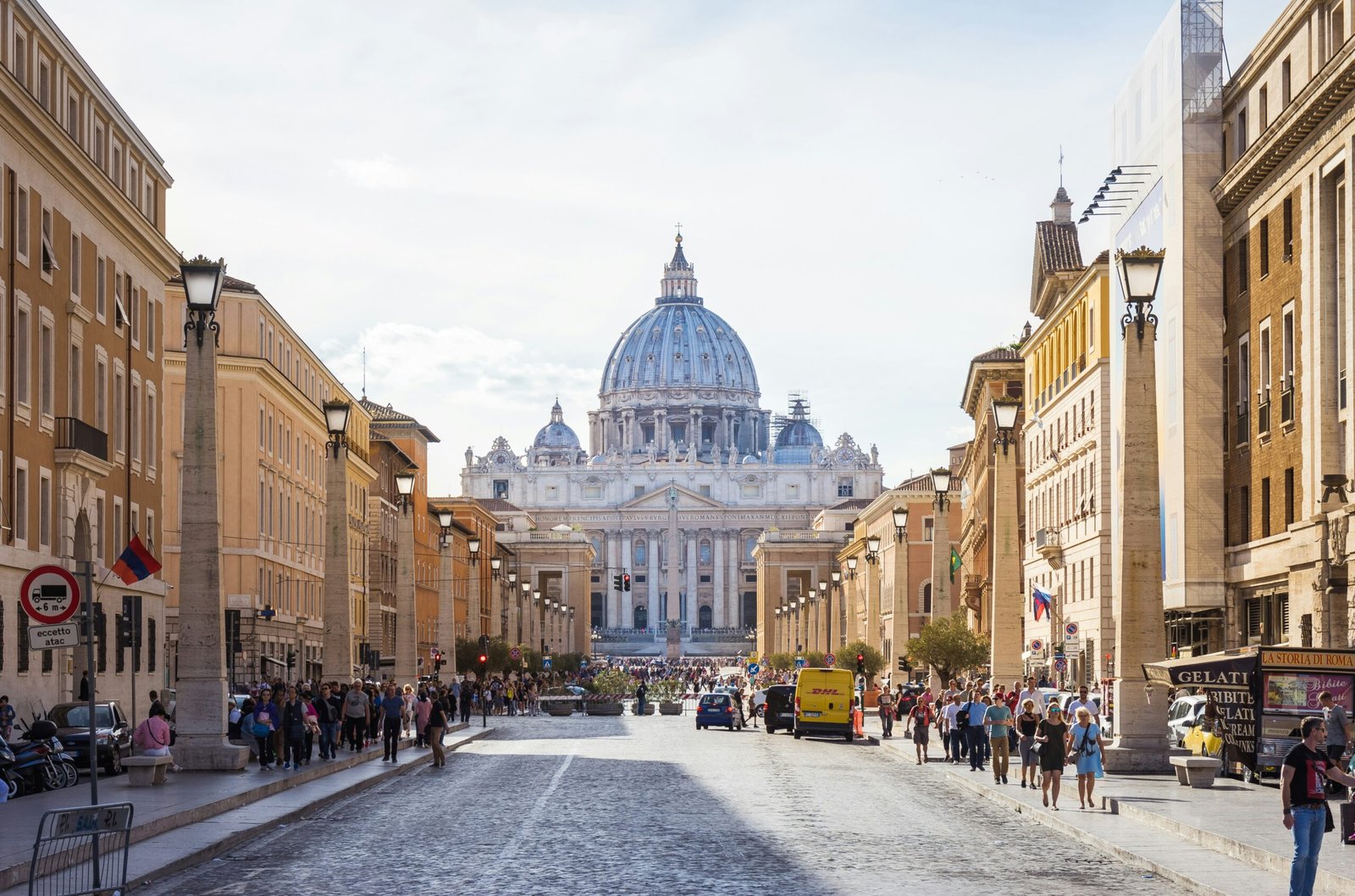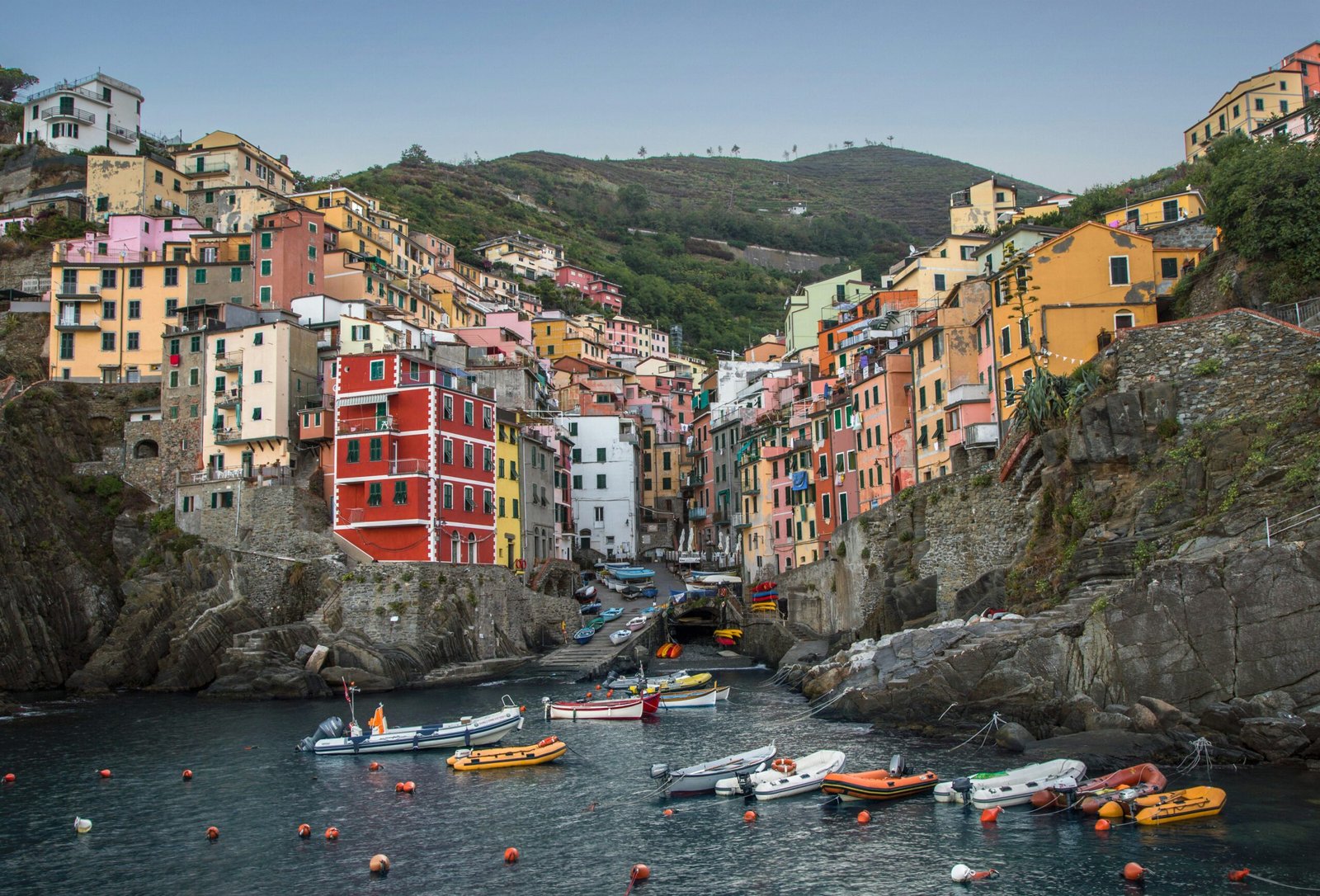If you’ve been watching the global tax landscape shift over the past few years, you’ve probably noticed something interesting happening in Italy. While other countries have been tightening their residency programs or raising barriers, Italy has been quietly building one of Europe’s most thoughtful approaches to attracting international families.
This isn’t another passport scheme. Italy’s non-dom tax regime offers something rarer: a way to optimize your global tax position while actually wanting to spend time in the country.
How Italy’s Non-Dom Tax Actually Works
Here’s the arrangement in plain terms: become an Italian tax resident, and you can pay a flat €200,000 annually instead of Italy’s progressive rates on your worldwide income. For someone earning substantial income globally, this can mean the difference between paying hundreds of thousands (or millions) versus a known, fixed amount.
The program was introduced in 2017, and unlike many similar efforts that feel hastily constructed, this one was built with genuine long-term thinking. Italy recognized that wealthy families need more than just tax breaks, they need certainty, quality of life, and a place they actually want to call home.
Who Can Use This Program?
The eligibility requirements are straightforward:
You need to become an Italian tax resident, either by spending more than 183 days per year in Italy or making it your primary residence. You can’t have been an Italian tax resident for at least nine of the previous ten years. And you elect into the program when you become resident, with the option to use it for up to 15 years (though it’s not renewable after that).
Your family can join you too. Spouses and other qualifying family members pay €25,000 annually each if they opt in.
When the Numbers Actually Make Sense
Let’s talk about the economics without the usual financial planning jargon.
Say you’re earning €3 million annually from investments, business interests, and other sources outside Italy. Under Italy’s standard tax system, you could be looking at rates approaching 47% on much of that income. That’s over €1.4 million in taxes.
With the non-dom regime? Your Italian tax bill is €200,000. Period.
For families, the savings multiply. A couple with two qualifying adult children might pay €275,000 total under the flat tax system. Without it, they could easily face tax bills in the millions.
Why This Goes Beyond Just Tax Savings
What’s interesting about Italy’s approach is that it assumes you’ll actually want to live there. And honestly, that’s not a bad assumption.
Italian residency gets you access to excellent healthcare, world-class schools, and a cultural richness that’s hard to replicate elsewhere. For families thinking about legacy and what they want to pass on to the next generation, there’s something to be said for children growing up with exposure to Italian art, design, cuisine, and way of life.
For those coming through Italy’s Golden Visa route, the combination becomes particularly powerful. The Golden Visa requires a €500,000 investment in an Italian company or fund. Done thoughtfully, this creates dual benefits: portfolio growth through Italian investments plus tax optimization through the non-dom regime.
What People Get Wrong About This Program
I hear the same concerns repeatedly, and most stem from outdated perceptions about Italy:
“Italian bureaucracy will make this a nightmare.” The non-dom regime was designed specifically for international families. Yes, you need proper guidance, but the framework exists to make this work smoothly, not to create obstacles.
“The program will disappear like others have.” This isn’t a promotional scheme that can be easily cancelled. It’s written into Italy’s tax code as a permanent feature. The fact that it’s limited to 15 years actually demonstrates thoughtful design, not temporary thinking.
“I’ll be trapped in Italy if I do this.” Italian tax residence doesn’t mean house arrest. Many participants maintain homes in multiple countries while using Italy as their primary tax base.
How This Fits with Serious Investment Strategy
For families working with investment managers or running family offices, Italy’s non-dom regime can complement sophisticated global portfolios without creating unnecessary complexity.
What we’ve seen at Ariete Capital is how Italian residency opens natural investment opportunities that might not be accessible otherwise. Our clients gain exposure to Italian companies with global reach (Ferrari, Campari, Technogym) while benefiting from tax treatment that makes the overall strategy more efficient.
The important thing is thinking about that €200,000 annual cost not as dead money, but as the price of accessing a sophisticated European tax environment with lifestyle benefits that extend well beyond pure numbers.
The Planning Side: What You Need to Consider
Getting this right requires attention to several moving pieces:
Timing matters. You need to elect into the regime when you become an Italian tax resident, and you can use it for up to 15 years. This means coordinating your residency move with your broader tax planning.
Income sourcing gets technical. The flat tax covers foreign income, but Italian-sourced income still gets taxed at regular rates. Proper structuring helps avoid accidentally creating Italian-source income where you don’t want it, especially around capital gains.
Think long-term. The up to 15-year window should fit with your broader wealth planning and what you want to accomplish for your family over that timeframe.
Get proper help. This isn’t a DIY project. The regime has nuances around capital gains, income characterization, and structuring that require expertise to navigate successfully.
Is This Right for Your Family?
The €200,000 annual cost is substantial, but for the right families, it often represents a fraction of what they’d pay under other European tax systems while giving them access to one of the world’s most desirable places to live
Italy’s non-dom regime isn’t for everyone. But for families who can benefit from it, the combination of fiscal efficiency and cultural wealth is hard to find elsewhere. What matters is understanding not just the tax mechanics, but how Italian residence fits with what you’re trying to build for your family over the long term.
The regime’s complexities around capital gains, income sourcing, and proper structuring make professional guidance essential. But when done right, it offers a thoughtful approach to European wealth optimization that goes well beyond simple tax reduction.
For families exploring Italian residency through investment, the interplay between the non-dom tax regime and Golden Visa opportunities can create a comprehensive European strategy worth serious consideration.
Book a call to find out more




